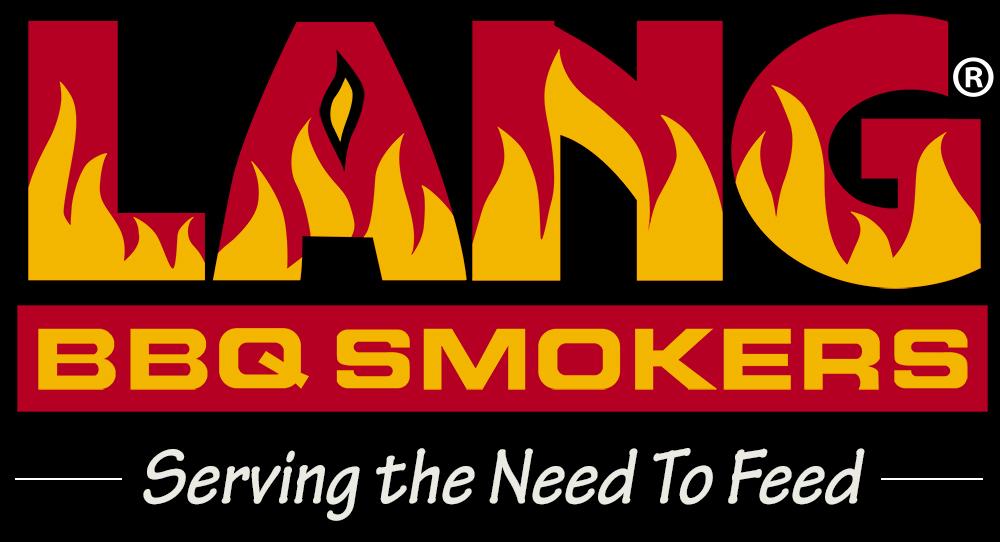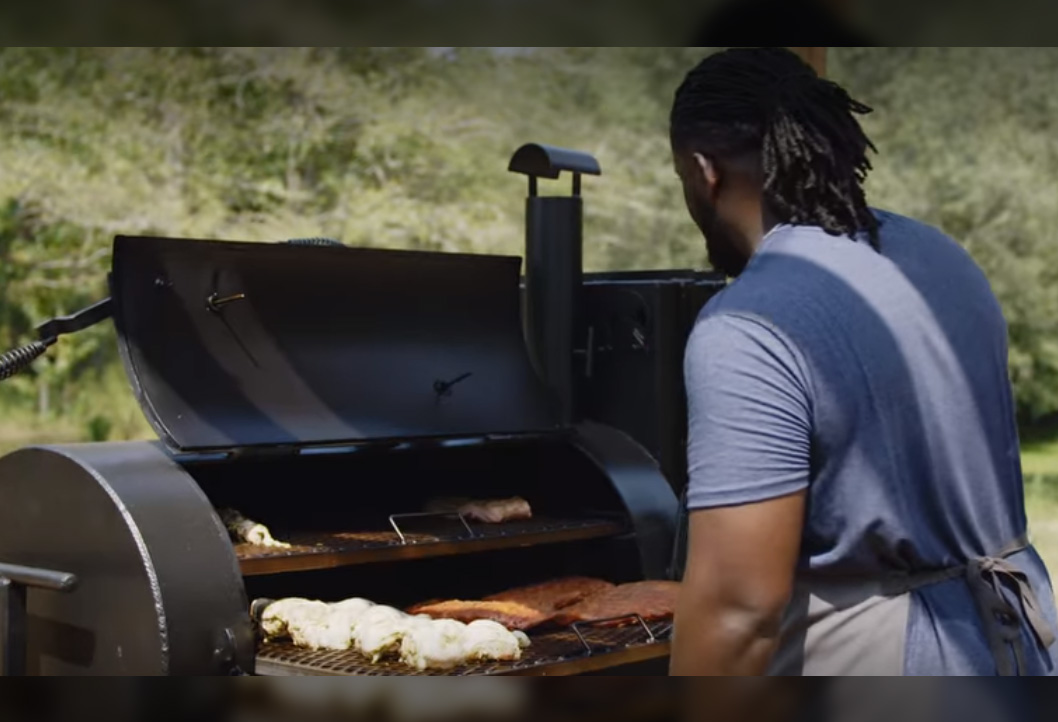1) Define Your Goals
The first step in creating a sales plan is to define your goals. What do you want to achieve? Do you want to increase your sales by 10% over the next quarter? Do you want to launch a new menu item or attract more catering clients? Be as specific as you can about these goals. Once you have set some measurable goals, you can start to put together a plan for achieving them.
2) Know Your Target Market
Who is your target market? If you’re not sure, now is the time to find out. Knowing who you’re selling to will help you develop targeted marketing and sales strategies that are more likely to be successful. For example, if you’re selling high-end fare, your target market is likely to be different than if you’re running a fast-food joint. Take the time to understand who your ideal customers are and what they’re looking for. Things to consider include age, gender, location, income, lifestyle, culture etc.
3) Develop Strategies for Achieving Your Goals
Once you know what you want to achieve and who you’re targeting, it’s time to start developing some specific strategies and marketing tactics for achieving your goals. This is where your creativity comes in! There are endless possibilities when it comes to marketing and selling food, and the restaurant industry can be tough, so think outside the box and come up with some creative ideas. A brainstorming session with your team can be very helpful at this stage. Employees often have good ideas but are typically not heard.
Some possible marketing strategies include:
- Developing a promotional calendar with seasonal specials and discounts
- Running targeted online advertising campaigns on Google: have an advertising plan ready to promote your business and website.
- Starting a social media plan: start engaging in social media marketing and content marketing on several marketing channels to reach new customers
- Developing partnerships with other businesses in your community as well as working with influencers, content creators, and affiliate marketing.
- Hosting special events or cooking classes (these can even be online!)
- Participating in trade shows or food festivals to find new potential customers
- Launching a loyalty program to boost customer loyalty – provide incentives like a free meal or discount on their next purchase.
- Start an email marketing campaign: a digital marketing classic that works well every time.
- Product launch plan: test new menu items and schedule promotions prior to the launch.
It can also be useful to see what your competitors are up to, and what’s working well for them especially if they have the same target audience as yours. Keep an eye on their marketing and see if you can learn from their successes (and failures) to implement your own strategy.
4) Put Your Restaurant Marketing Plan Into Action!
Now that you have all the pieces of your sales plan in place, it’s time to put it into action! Assign specific tasks and deadlines to members of your team, and make sure everyone is on the same page, so your marketing efforts pay off.
With a budget: You can hire freelance marketing people to help with specific tasks or campaigns.
With a lower budget: If you don’t have a lot of money to work with, there are still plenty of things you can do to market and sell your restaurant food. You can assign tasks to your existing employees, for example, they can find some time during the week to video and post behind the scenes of your menu and plated meals. Or consider using interns that are just starting out – they can build their portfolio and you can offer them experience in exchange.
Certain marketing tools can also help make things easier and more effective, even on a tight budget. Set aside time each week or month to review your progress and make adjustments as necessary. Above all else, stay flexible and be prepared to pivot if something isn’t working as planned. With hard work and dedication, you’ll be well on your way to achieving your sales goals!
One other thought. Be sure that you fully understand all the features and benefits of your Lang Smoker Cooker. It really is a tool, and in essence, what comes off of it to customers in real-time, is a literal form of marketing. Among the many advantages of a Lang is the Reverse Flow Process. You might think of ways to let customers know that it’s a unique difference between you and your competitors. It truly is a differentiator.
Conclusion
A well-crafted sales plan is essential for any restaurant or food business owner who wants to generate more sales. By taking the time to define your goals, know your target market, and develop targeted strategies for reaching them, you’ll be setting your business up for success. You must remember that you are the CEO of your business and that means you need to stay focused and be certain the vision for your business is engrained in all your staff. Customers respond to a business that knows where its going and shows that in their actions. The way you interact with your staff and customers is the very highest level of marketing.
So what are you waiting for? Get started on putting together your own plan today! You really can create your own future.

